I realized also that besides protesting I had to clean up my own act. If I was buying natural gas, I was complicit.”
— Judy Wicks, climate activist and former owner of the White Dog Cafe
When Judy Wicks, the former owner of the White Dog Cafe, got back from the Standing Rock Indian Reservation in 2016, where she had protested against the construction of the Dakota Access crude oil pipeline, she knew she had to make a change. “The [Lakota] elders there told us the prophecy of the black snake.” The elders told Wicks and other protesters that a prophecy predicted a black snake would emerge from the ground and cause great devastation and harm. “They told us when we go home, to find the black snake.” Back in Pennsylvania Wicks realized the black snake was fracking. She toured areas affected by fracking and joined in anti-fracking protests, going as far as getting arrested for chaining herself to a drilling rig.
“I realized also that besides protesting I had to clean up my own act. If I was buying natural gas, I was complicit,” Wicks says. At her Fitler Square home she added electric air-source heat pumps, which handle most of her home heating needs. An electric furnace kicks in as a backup source when winter temperatures get extremely cold. “I looked into geothermal, but it would be really hard to get the drill in my yard. It’s also not efficient for just one house.”
In 2015 David Scheuermann, his wife and two sons moved out of their house on Locust Street in Rittenhouse Square so that it could be renovated. A year and a half later, they moved back into what is now a “passive house.” Passive houses have extremely thorough insulation, what is often referred to as an “envelope.” The tight envelope ensures that air, and with it heat, flows in and out primarily through the ventilation system, which uses an energy recovery ventilator to pull heat out of air leaving the house and transfer it to cooler air coming in. Scheuermann installed electric heating, cooling, hot water and cooking appliances as part of the renovation. “In order to be in the passive house category you have to get rid of combustion,” Scheuermann says.
Scheuermann is an architect whose firm focuses on sustainable designs for large commercial projects with LEED certifications. He saw the renovation as a chance to put sustainable design principles into practice where he lives. “It’s always been a dream of mine to have a more personal project to do all those things.”
His family is happy with the results. “I love it. [My children] both love it. My wife loves it. [The renovation] transformed it, transformed it aesthetically, transformed it utilitywise.” He says the electricity bills are now between a third and a quarter of previous gas and electric bills combined.
Not all homeowners electrifying their houses accomplish it all at once. Kenny Grono, owner of Buckminster Green, which remodels houses in Philadelphia, says he doesn’t see homeowners asking for full-house electrification. “That said, I have plenty of people saying ‘I’d like to go with an induction range.’ We do a lot with mini splits [a common type of electric heat pump], and we also have been putting in a gas furnace with a heat pump option, so a hybrid type thing.”
There’s a best case scenario and we did the best we could. It’s a balance.”
— Kara Kray, architect and South Philly homeowner
Kara Kray and her partner, who are both architects, balked at the expense and the disruption that would have been necessary for completely upgrading their insulation and heating systems at their house in Passyunk Square in South Philadelphia. “We had lived there 13 years, so most everything was past its expected lifespan. We intend to live there forever, so all the things we did are things we either like or for the longevity of the house,” Kray says. “There’s a best case scenario and we did the best we could. It’s a balance.”
Both Kray and her partner worked with Buckminster Green to install air-sourceheat pump mini-splits in the bedrooms and kitchen, at a cost of $11,740. Other parts of the house kept the radiators, but they replaced their old gas furnace with a more efficient unit that heats water for the household while it also generates steam to heat radiators in winter. They added radiant heating to floors in two downstairs rooms and replaced the gas appliances in the kitchen with electric. This was in addition to adding insulation to the walls and roof and renovating other elements such as the house’s floors and plumbing.
Decarbonizing or “electrifying” a house is not cheap. Replacing a hydronic gas-powered furnace with a heat pump and mini-split system can cost twice as much as sticking with gas. Even though the heat pumps double as air conditioners and cost less to operate, the upfront expense means the early adopters have tended to be relatively affluent.
Homeowners on the other end of the wealth spectrum, however, are benefitting from a pilot home renovation program, Built to Last, run by the Philadelphia Energy Authority.
Built to Last restores homes for low-income homeowners with an eye toward improving insulation and energy efficiency. Depending on the house, the restoration can include installing new electric heating systems and stoves. Sixty thousand homeowners could qualify for the program eventually, but as it works out how best to renovate housing, the program is starting with a 50-home pilot, with plans to seek additional funding for 10,000 homes by 2033.
Electrifying old Philly row houses isn’t as simple as installing some new appliances, according to Alon Abramson, the director of residential programs with the Philadelphia Energy Authority, which runs Built to Last.
Heat pumps function much like refrigerators, using a liquid refrigerant to pull heat out of air or water in one space and transfer it to air in another. In a house with ducts already installed for air conditioning or for a pre-existing forced-air heating system, heat pump installation is simple. It can simply be connected to the duct system to heat air in winter and, in summer, run in reverse to cool it.
The transition is more complicated, however, for houses without air ducts. The classic iron radiators of Philly row houses radiate warmth from water heated by burning either oil or gas. They are, as Abramson says, essentially plumbing systems. There is no system of air ducts, which means that in order to reach every room the heated or cooled air from heat pumps needs to enter the house through multiple subunits, or “heads,” connected by lines that transport the refrigerant back and forth to the heat pump sitting outside the house.
Old row houses also often lack the electrical systems needed to power the heat pumps. “There’s the question of these homes, do they have the capacity to support that much electrical demand?” Abramson says. Often they do not, meaning that the new heating and cooling systems require rewiring the house.
Although stoves consume less energy than home heating systems, they can be the gas appliance homeowners are most attached to. Homeowners operate heating systems by adjusting a thermostat far away from the heat source, hot water systems simply by turning a tap. Stoves, by contrast, put people face to face with dramatic blue flames leaping forth from the burners as they cook.
“The thing I was most concerned about was the stove. There is something about seeing that flame. At first I missed it. Now I don’t,” says former restaurateur Wicks, who has become a fan of her electric induction stovetop, which uses a rapidly oscillating magnetic field to heat steel or cast iron pans. “There’s no flame that goes into the air. It heats the pot, not the kitchen.” Induction stoves have been growing in popularity, including with Michelin-starred restaurants such as Chicago’s Alinea, Copenhagen’s Noma and Northern California’s French Laundry.
Based on modeling of Philly row houses by the Rocky Mountain Institute, a clean energy think tank based in Colorado, insulating a house and switching to electric saves the homeowners 20% on heating bills when the gas heating system is nearing the end of its lifespan. Up front costs are higher for the new equipment (which Built to Last purchases for its beneficiaries), however, so “in today’s dollars it is not necessarily cheaper to switch over to electric, but when paired with solar, it provides more stability and reliability,” Abramson says, “and resilience thanks to cooling.”
Wicks hopes her house can serve as a model for other homeowners considering decarbonization. “A lot of people think gas is the good fossil fuel, which is bull.” She has hosted tours for local environmental organizations, and she hopes to win converts from her neighbors. “I’m doing it as an example for others.
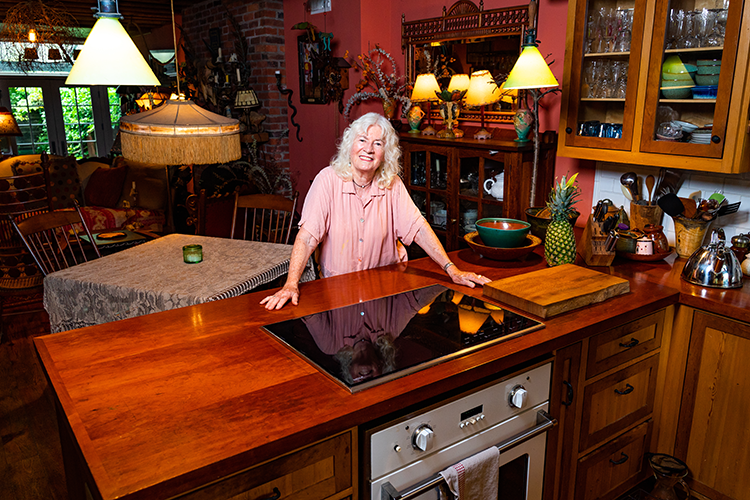


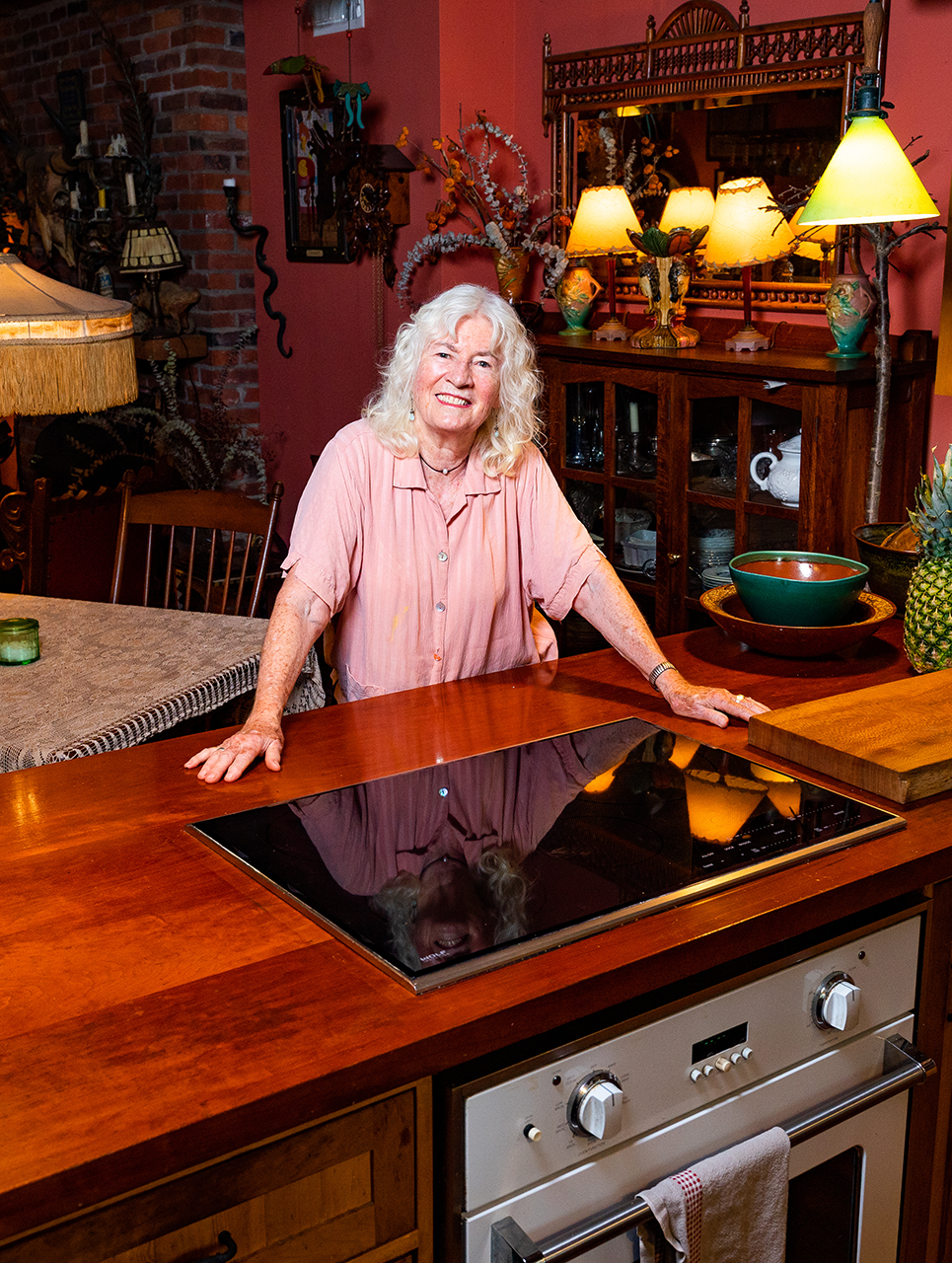




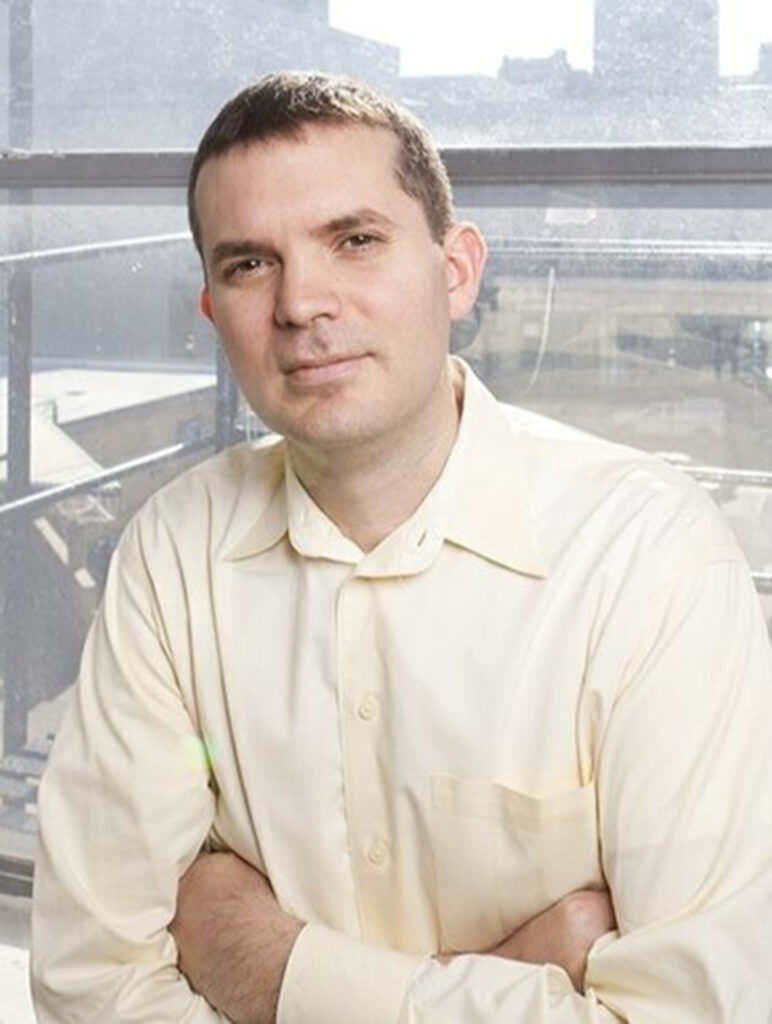
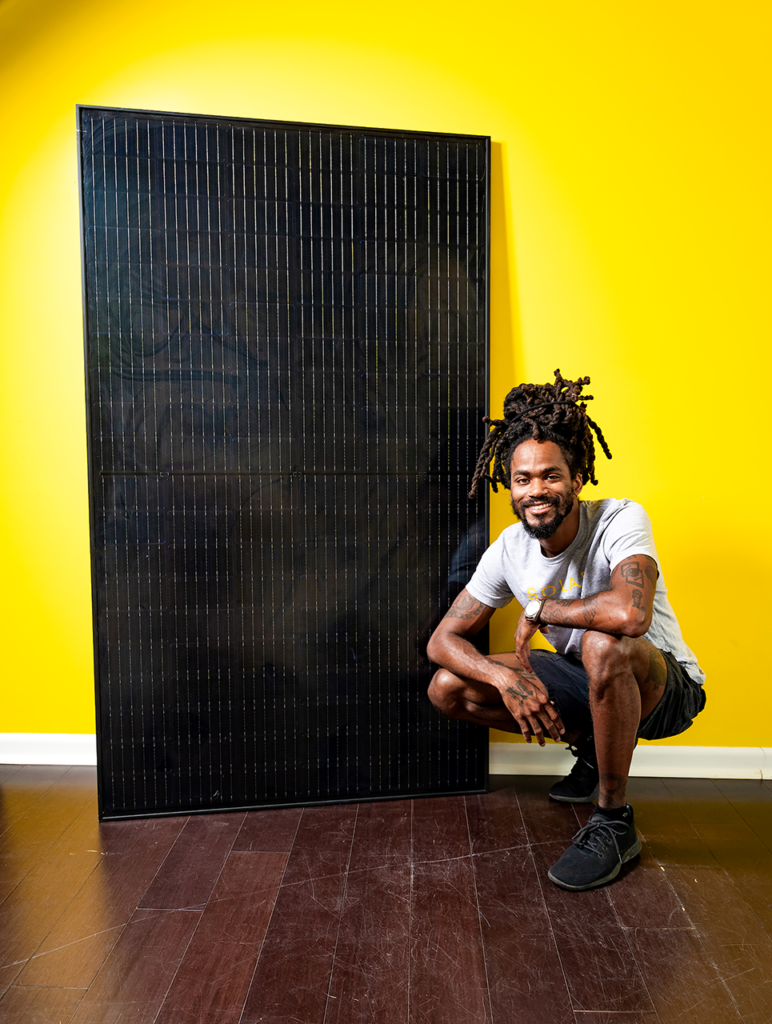
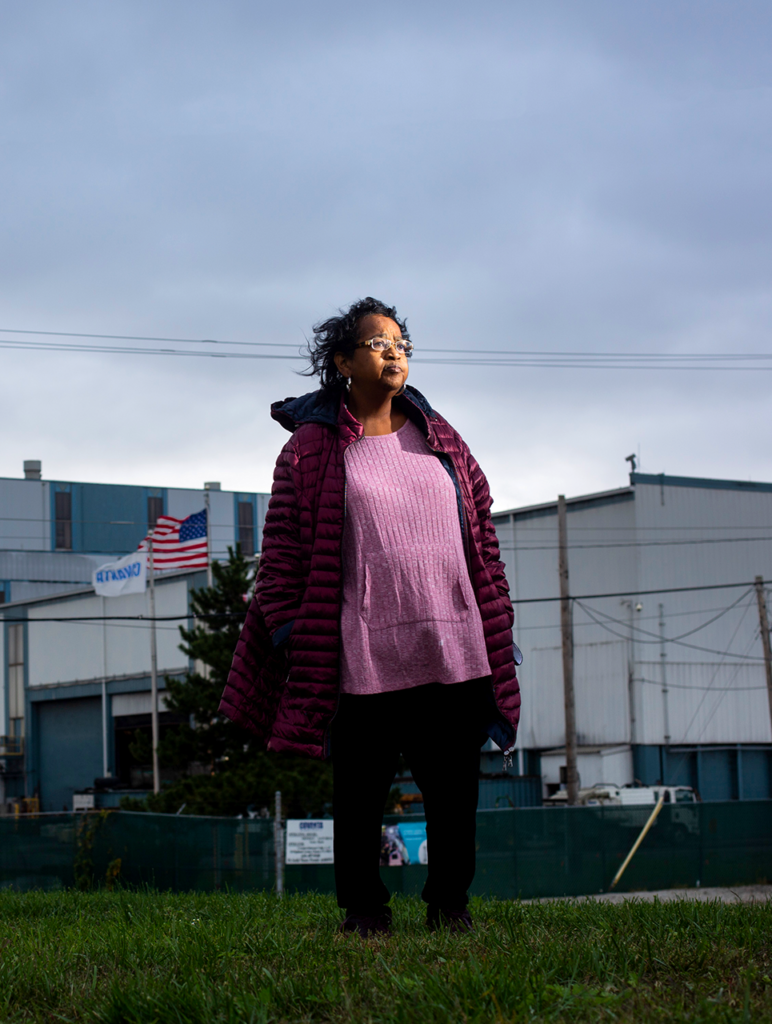
Thank you all for leading the way and really having an impact on migrating away from fossil fuels. As a resident of community that is defined as “acceptable risks” we in Chester know first hand the devastating results of profits over people. Judy Thank you for your continued commitment to changing the world in a more equitable way!
Zulene Mayfield, Chester Residents Concerned Quality Living
Thanks, Zulene, for your your comments. And thank you for being a leader for the last 30 years or more in fighting for a better life for the children of Chester and getting that nasty incinerator closed down. The day will come! Together we will build the beautiful and just world we know is possible. I’m sure you will never give up!
Thank you for the educational and very interesting feature.
As a life long renter sharing space in a 100-plus year-old house, I will never know the joy of having the income to put my values to work in my own home in these big ways. Nevertheless this article cleared up a lot of my ignorance about what is possible.
Clearly we must find ways to convert all homes to operate at peak efficiency, both for the obvious reasons of rapidly changing climate warming effects, as well as the need for equity (accessible access to the strategies/implementation of minimizing or eliminating the use of fossil fuels)
Finally, I am not surprised to see Judy Wicks featured in this story. She has spent her life as a leader on behalf of justice for women, children, and our one precious home, planet earth